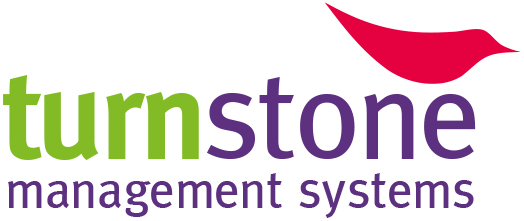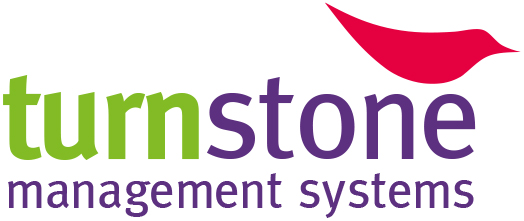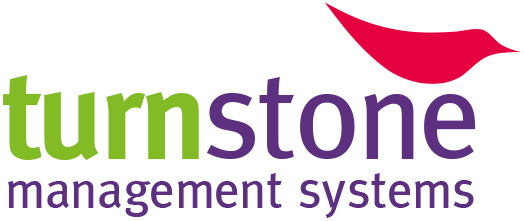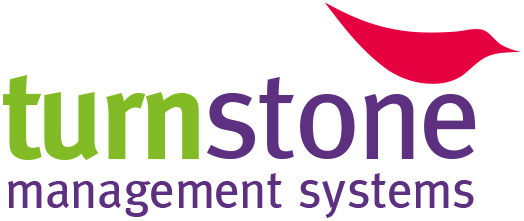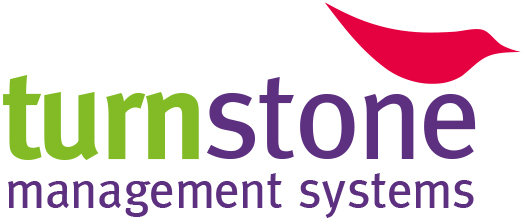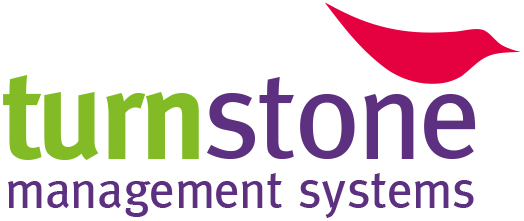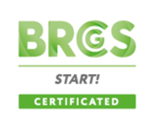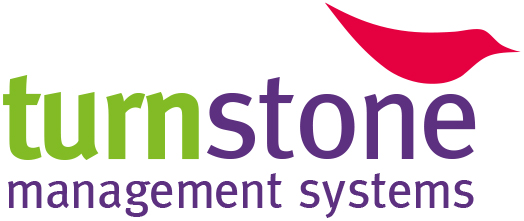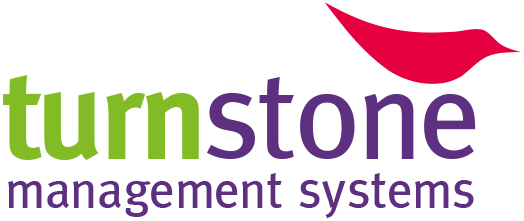Title Page
-
Site conducted
-
Conducted on
-
Prepared by
-
Location
2. Inspection Location Information Collection
-
The assessor will collect the following information and record it in a format to be agreed by the Management Group and Scheme Manager. This includes the following information needing to be available.
-
Scheme Identification Number
-
Name of location
-
Owner or operator of location
-
Date of assessment
-
Name of assessor
-
Outcome of assessment
-
Name(s) of Inspection Technicians
-
Dates of qualification of Inspection Technicians
-
Due date for recurring assessment or reassessment
3. Workshop Facilities
3.1 Control of flammable vapour releases and sources of ignition
-
Where tank trailers or rigid tankers that have been used to carry petrol or ethanol without having been purged or flushed (eg by a number of diesel loads) are these inspected at the Inspection Location in accordance with the Dangerous Substances and Explosive Atmospheres Regulations 2002 (DSEAR)?
-
Has a suitable documented risk assessment been carried out with suitable control measures in place to reduce and/or control the release of flammable vapour?
-
Is there a suitable Hazardous Area Drawing produced by a competent person?
-
Are the Inspection Locations able to demonstrate that electrical equipment (assets) installed are covered by the Hazardous Area Drawing and suitable for use within the zone(s) identified by way of an asset list with Management Action (eg periodic inspection) applicable to each asset?
-
Are all documents valid, signed by authorised person(s) where applicable and up to date?
3.2 Working at height
-
Is there critical equipment, including the overfill prevention sensors and the pressure-vacuum vents, in place?
-
Has a suitable documented working at height risk assessment been carried out for the Inspection Location which includes appropriate controls and mitigation measures in accordance with the hierarchy of controls and Working at Height Regulations 2005?
-
Are there documented procedures in place for inspecting and maintaining the fall prevention equipment and users are trained in the use of the equipment?
-
Are inspections conduced outside?
-
If inspections are conducted outside, are the following in place:
-
Is suitable overhead weather protection over the tank to be inspected must be provided, such that rain water is prevented from falling on the tank top?
-
Is the overhead weather protection large enough so the vehicle does not have to be moved during the inspection?
-
Are inspections being conducted in all weather conditions to ensure overhead weather protection provided is suitable as simply relying on only conducting<br>inspections in good weather will not be sufficient?
-
Is the overhead weather protection fixed? Preference is for a fixed solution, but if a mobile solution is used, is this robust enough to be used in poor weather conditions?
3.3 Inspection pit
-
An inspection pit is not a mandatory facility but where an Inspection Location has inspection pits that are used for Safe Loading Pass inspections, they must allow an Inspection Technician to access all underside areas of the tanker without causing danger.
-
Does the Inspection Location use pits for SLP inspections?
-
If pits are used the following will need to be followed:
-
Are they approximately 1 metre wide?
-
Are there fixed ladders, rungs or stairs at each end?
-
Unobstructed access and egress?
-
Are pits and equipment being kept in good condition, clean and free from any trip or slip hazards?
-
Are lighting arrangements in the pit adequate to carry out an SLPS inspection safely?
-
If inspecting vehicles used to carry petrol or ethanol, does the lighting arrangements ensure they have an 'Ex' marking in place as required by the standard?
-
Are the pits free of any residues of flammable product and materials? E.g. No evidence of oily rags, containers of product, or unemptied sumps.
-
If there are other inspection pits in the SLPS inspection workshop area which are not used for SLPS inspections, are these being covered or signed accordingly (such as ‘Not suitable for SLPS inspections’) as required by the standard?
3.4 Safe storage of residual product
-
Does the Inspection Location have suitable storage arrangements for residual product drained off during tank inspections?
-
Are the following storage arrangements conditions being met:
-
Readily accessible to prevent discourage of its use?
-
Permit the emptying of the product collection container into it?
-
Fitted with an effective cap/closure?
-
Signed to clearly identify the product is being stored, such as ‘liquid waste’, ‘oily waste’, ‘flammable product’?
4. Tools and Inspection Equipment
4.1 Product collection
-
Does the Inspection Location have a suitable metallic container to collect liquid residues arising from tanker inspections and remove them to a safe storage location?
-
The container must have an earth fly lead fitted with a clip that can be easily attached to an earthing pin. Is this present on the container?
-
Does the container used for SLPS inspections on vehicles/trailers used to carry petrol or ethanol also incorporate a number of additional safety features and a<br>suitable product transfer device must be provided?
-
As stated above, does the container have the following additional safety features:
-
Pouring and/or filling apertures sealed with self-closing spring loaded caps?
-
Pouring and/or filling apertures fitted with flame arresters?
-
Capable of sitting upright on the floor?
-
Carrying handles for containers with a capacity greater than approximately 2.5 litres?
-
Does the suitable product transfer device have the following features:
-
A four inch diameter connector to go onto the API with a locking mechanism (for example, cam locks) to hold it firmly in place?
-
An outlet at the bottom of the connector in the six o’clock position into a small bore hand controlled isolation valve/tap?
-
A flexible pipe to go from the isolation valve to inside the fill opening of the container when it is sitting on the floor. The pipe must be of suitable material for low flash<br>petroleum products and be of a diameter which just fits inside the container fill opening?
4.2 Overfill prevention system test unit
-
Does the Inspection Location has at least one overfill prevention test unit? If more than one, please state how many are kept at the Inspection Location.
-
Where the Inspection Location has more than one overfill prevention test unit, is each individual unit easily identified (by use of numbering, different colour paint/markings etc)?
-
If overfill prevention test units used at Inspection Locations that inspect vehicles used to carry petrol or ethanol, does it have an ‘Ex’ marking as required?
-
Does the Inspection Location have documented instructions on the correct use and maintenance (including any calibration required) of the overfill prevention test unit(s)? Instructions may be in any format (including written on the equipment) and may have been produced by the Inspection Location.
-
Is there is evidence that the manufacturer’s maintenance requirements for the overfill prevention test unit(s) have been met and records kept of the maintenance<br>carried out, if applicable?
-
Is the overfill prevention test unit(s) appear in good condition while its/their regular use, commensurate with the number of passes issued, remains apparent?
-
Does the Inspection Technician(s) have ready access to the overfill prevention test unit(s) to prevent any discourage of use?
4.3 Wet test container
-
Is there is a suitable container readily available at the Inspection Location?
-
Is this large enough to immerse the sensing element in liquid, but not too big to prevent ease of use?
-
Does it meet the minimum capacity of 250ml and a maximum diameter of 150mm as stated in the standard?
-
Is there is any evidence of the container being degraded by the product?
-
Is the container is readily available to the Inspection Technician when required?
-
Is access to the container and equipment used easily accessed to ensure that any difficulty would not discourage its use?
-
Have there ever been any reports of failure of the compartment sensor or incorrect height setting which has lead to product leaving the top of a compartment in the event of overfilling during loading?
4.4 Ohmmeter
-
Is there at least one low reading Ohmmeter (capable of measuring ranges up to 10Ω and up to 1,000Ω) held at the Inspection Location?
-
Does the Inspection Technician have ready access to a low reading Ohmmeter?
-
Does the Ohmmeter appears in good condition while its regular use, commensurate with the number of passes issued, remains apparent?
-
Has the Ohmmeter(s) been calibrated within the last two years and evidenced by way of a calibration certificate(s)?
-
If Ohmmeters used at Inspection Locations that inspect vehicles used to carry petrol or ethanol, does it have an ‘Ex’ marking as required?
-
Where the Inspection Location has more than one Ohmmeter, is each individual meter easily identified (by use of numbering, different colour paint/markings etc)?
-
Does the Inspection Location have documented instructions on the correct use of the Ohmmeter? Instructions may be in any format (including written on the equipment) and may have been produced by the Inspection Location.
4.5 Loading adaptor wear gauge
-
Is there at least one loading adaptor wear gauge at the Inspection Location?
-
Does the Inspection Technician have ready access to a loading adaptor wear gauge?
-
Is there a copy of the manufacturer’s instructions available to the Inspection Technician?
-
Does the loading adaptor wear gauge appear in good condition while its regular use, commensurate with the number of passes issued, remains apparent?
-
If the Inspection Location has more than one loading adaptor wear gauge, is each individual loading adaptor wear gauge easily identified (by use of numbering, different colour paint/markings etc)?
-
Is the manufacturer of the loading adaptor wear gauge known to the Inspection Technician? Please state here all gauge manufacturers used.
4.6 Specialist hand tools
-
The Inspection Technician must have at least one of each readily available of the following:
-
A torch or inspection lamp?
-
If a torch or inspection lamp is used at Inspection Locations that inspect vehicles used to carry petrol or ethanol, does it have an ‘Ex’ marking as required?
-
Fill cover keys?
-
A driver for fill cover ‘security’ bolts, if required?
-
A manually operated discharge coupler for the loading adaptors?
-
Sealing pliers for overfill prevention sensors capable of maintaining identification of individual technicians, where Inspection Technicians will be carrying out work which requires the breaking of seals?
-
Has each inspection technician been allocated a unique pair of sealing pliers with a unique identification (seal) for use with communally used pliers, or by way of a<br>documented audit trail?
-
If unique sealing pliers are issued, are they held in a secure place by the Inspection Technician?
-
Tools which are in good condition while its regular use, commensurate with the number of passes issued, remains apparent?
-
All tools used are accessed safely and easily to ensure Inspection Technician would not be discourage to use if hard to access?
5. Inspection Technician Training
-
Have all Inspection Technicians carrying out inspections under the Safe Loading Pass Scheme attained and passed a course given by an Approved Provider?
-
Has the course attended by the Inspection Technician been either a Liquid Fuels Safe Loading Pass Inspection Course, or a Liquid Fuels and LPG Safe Loading Pass Inspection Course?
-
Where Inspection Technicians have attended and, where applicable, passed one of the two courses stated above, have by undertaken a Safe Loading Pass Refresher Course<br>provided by an Approved Training Provider every two years?
-
Are records of training and certifications being held for each Inspection Technician that have issued passes at the Inspection Location being kept in a clearly labelled folder?
-
Is the Scheme Manager informed when an Inspection Technician joins or leaves the employment of the Inspection Location?
-
Is the SLP database kept up to date on the Inspection Technicians listed at that Inspection Location and verify that each is still employed at that location?
-
Is there at least 20 of the inspection forms available (or all if less than 20) to ensure these have not been completed by anyone not qualified?
6. Vehicle Inspections
-
Is the standard Safe Loading Pass Vehicle Inspection Form fully completed before each pass is issued?
-
There are no other versions of SLP Vehicle Inspection forms used other than standard Safe Loading Pass Vehicle Inspection Form?
-
Are the forms, or copies of them, held in a dedicated file which is always available for inspection during the assessment and at any other time upon request?
-
Are records being retained for 24 months as outlined in the SLP standard?
-
Should Inspection Locations wish to capture SLPS inspections electronically, the following must be noted.
-
Is the electronic form the latest version of the approved SLPS form?
-
Is there a method to capture a signature from the Inspection Technician OR a means of determining the identity of the Inspection Technician who undertook the<br>inspection (such as a secure login or PIN) together with confirmation that the Inspection Technician declares the form was used during the inspection and whether the<br>vehicle/trailer met the SLPS requirements?
-
Is the electronic form being used tamper proof with no possibility of changing its contents once closed and signed-off by the Inspection Technician?
-
If a Personal Digital Assistant (PDA) is used to collect the information during an inspection of a vehicle used to carry petrol or ethanol (and being unpurged or<br>unflushed), the PDA must contain a marked ‘Ex’ on it. Is this marked on the appropriate documents, if applicable?
-
Have at least 80 percent or more of the forms sampled been fully and correctly completed, with no omissions?
-
Where omissions or inaccuracies have been found, please state the Inspection Technician’s name, areas of omission or inaccuracy and volume in<br>comments.
7. Communication of Information to Inspection Technicians
-
Is there a nominated Communication Coordinator, who is responsible for ensuring that all approved Inspection Technicians receive within 28 days of issue all technical updates, bulletins and official communication from the Management Group or Scheme Managers?
-
Is there a nominated Communications Coordinator currently in place and their contact details (email and telephone number) are still valid?
-
Have Inspection Technicians signed a Record of Acceptance, which contains the date, the Inspection Technician’s name, the detail of the communication in question and a signature confirming that they have had access to, read and understood each communication and that they undertake to act on them as required?
-
Is the Record of Acceptance available and contains the minimum information required as listed above and are being kept indefinitely?
-
If the Record of Acceptance has been lost or accidentally destroyed has this been notified to the Scheme Manager within 28 days?
-
Has the Record of Acceptance has been completed correctly in at least 90 percent of cases?
-
Have communications been given to each Inspection Technician within 28 days of the communication being issued?
8. Disc Administration
8.1 Disc receipt
-
On receipt of the Safe Loading Passes from the Scheme Manager, has the Inspection Location, within 24 business hours, entered onto the database the name of the receiving administrator and the date received?
-
Was this reviewed on the database at time of audit?
8.2 Disc issuance – book completion
-
Is the vehicle registration number or vehicle identification number, date assigned to vehicle or trailer and name of Inspection Technician manually recorded in the disc book by the Inspection Technician on issuing Safe Loading Passes to vehicles or trailers?
-
Was there a minimum of three used books (or all if less than three) for the assessor to check to ensure all information has been completed in 90 percent of cases?
8.3 Disc issuance – database completion
-
Is the SLPS database updated within 24 business hours of issuing Safe Loading Passes to vehicles or trailers?
-
Is the relevant information from the inspection form inputted by the Inspection Technician or an authorised administrator?
-
Is there records available for the past 24 months for the assessor to review?
-
Was there a minimum of 20 (or all, if less than 20) of the Inspection Forms over the previous 24 months for the assessor to review?
-
For samples provided, did the cross reference of the date of the inspection on the form and other information against the information entered into the SLPS database match?
-
For samples provided, did at least 90 percent of cases have the correct information entered into the database accurately and within 24 business hours?
8.4 Disc management
-
Are all books of unissued Safe Loading Passes kept in a locked cupboard or cabinet with restricted access at all times?
-
Are all passes removed from vehicles for any reason prior to expiry date and any spoilt discs destroyed and records kept of the serial number of disc, name and signature of Inspection Technician and reason for removal or destruction and the date carried out?
-
Are used books and disc destruction records being kept for at least 24 months?
-
Are records readily available for the assessor to review and check they contain the minimum information and that they have been kept for at least 24 months, at time of audit?
-
Is the SLPS database updated accordingly?
9. Liability Insurance
-
Does the Inspection Location hold employer and public liability insurance in respect of its activities as an Inspection Location and in respect of any claims which may be brought against it by a Scheme Participant or any third party in connection with the Scheme?
-
Are these insurances readily available for the assessor to review at time of audit?






